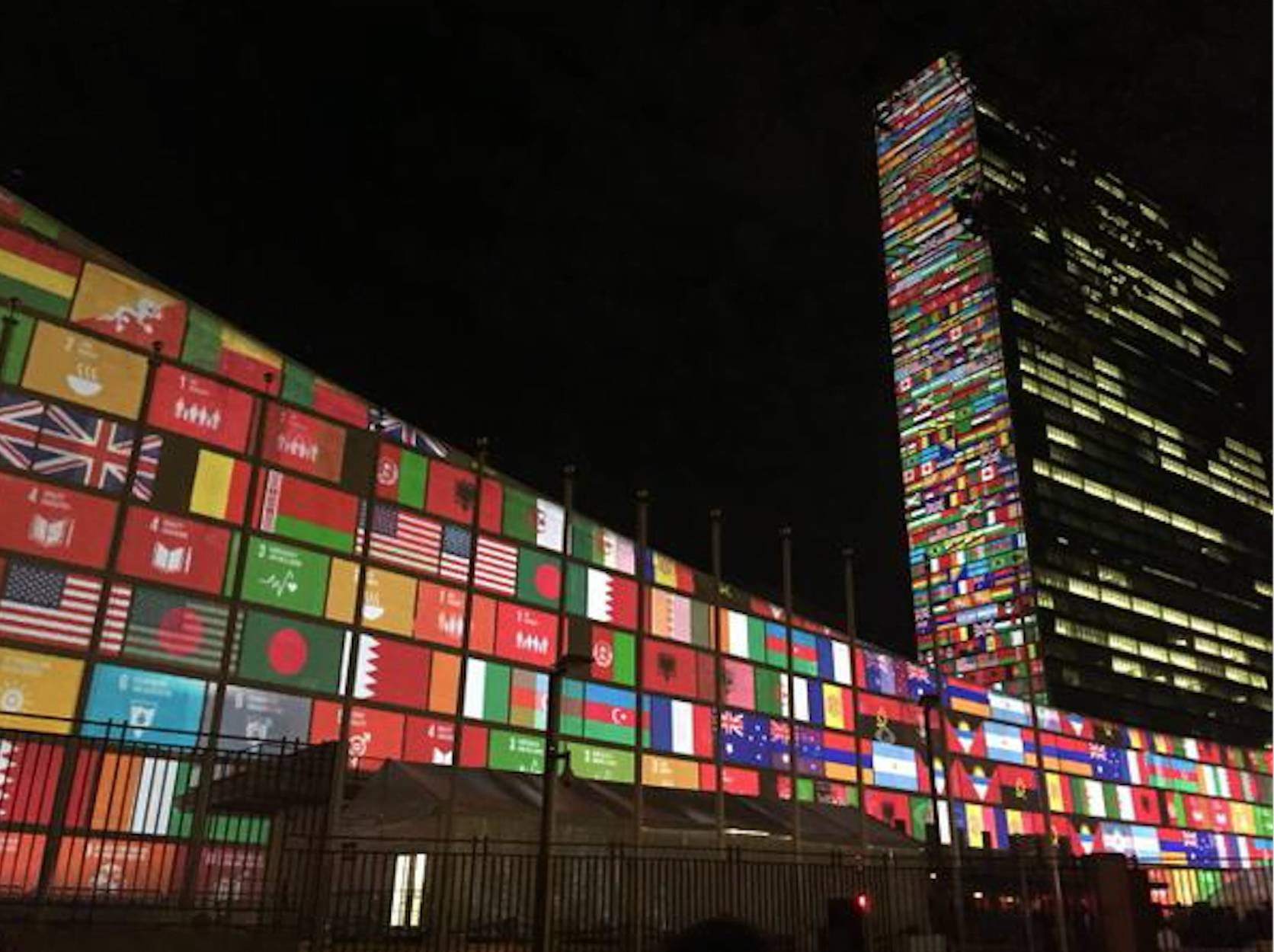That is the central question driving a series of meetings this week at the United Nations, known as the “High Level Political Forum” for the Sustainable Development Goals, or HLFP for short.
The HLPF is the annual check up on the SDGs in which governments, civil society and other SDG stakeholders gather in New York for stocktaking of the goals and strategizing around accelerating progress towards achieving them. It’s “high level” because many countries will send foreign ministers and other top ranking officials to participate in this event.
There are two key tracts for this year’s HLFP.
The first is what is known as the Voluntary National Reviews. These are essentially reports that countries submit to the rest of the UN membership that detail their progress towards the SDGs and the challenges that remain. Countries describe the specific policies they have enacted and are expected to discuss their reports in open sessions. These reviews are essentially a way to harness positive peer pressure in service of the SDGs — countries submit themselves for review in order to demonstrate their progress and solicit partnerships for specific challenges that remain. This year, 47 countries are presenting their Voluntary National Reviews.
The second tract is around specific SDGs to which this year’s HLFP is dedicated. The six goals under review this year are:
- Goal 6. Ensure availability and sustainable management of water and sanitation for all
- Goal 7. Ensure access to affordable, reliable, sustainable and modern energy for all
- Goal 11. Make cities and human settlements inclusive, safe, resilient and sustainable
- Goal 12. Ensure sustainable consumption and production patterns
- Goal 15. Protect, restore and promote sustainable use of terrestrial ecosystems, sustainably manage forests, combat desertification, and halt and reverse land degradation and halt biodiversity loss
- Goal 17. Strengthen the means of implementation and revitalize the Global Partnership for Sustainable Development, that will be considered each year
The High Level Political Forum is the single most important annual gathering for the Sustainable Development Goals.
The world agreed to the 17 Sustainable Development Goals in 2015, which include a number of quantifiable targets to which every government committed themselves to achieve by 2030. The thing is, these commitments are just political. They are not legally binding in any sense. So, in order to realize them there needs to be some amount of sustained political pressure over the long term. The HLPF provides one regular source of pressure.
When a high ranking government official is dispatched to a UN meeting, they typically want to present some sort of deliverable, which can motivate their own bureaucracies to implement policies in the service of the SDGs. Also, this annual forum also provides a platform for new partnerships between governments, the private sector and civil society around the SDGs. For example, the UN launched a new partnership with the fashion industry yesterday, “Forests for Fashion,” to promote the sustainable sourcing of raw textiles.
The HLPF is a big deal in the UN, and for the Sustainable Development community more broadly because it provides an annual moment of political urgency around goals which are not due for over a decade. That is ultimately why a meeting like this is so important: if we are to achieve the Sustainable Development Goals by 2030, it will be because of actions that are taken well before then.
